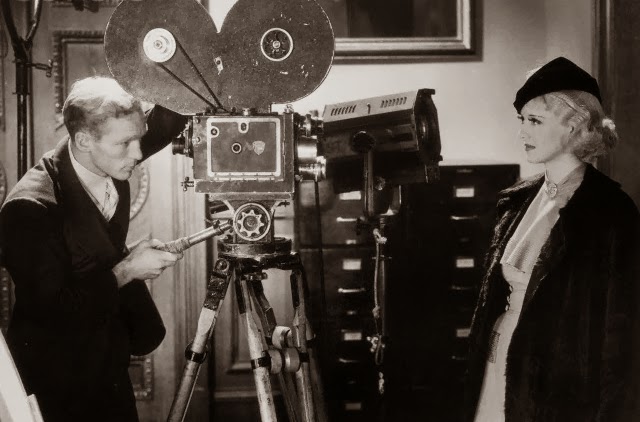In the 1940s and early 1950s colorfully costumed Arabian adventure films were all the rage. Universal studios started this string of sword and sandal spectacles in Hollywood when it released Arabian Nights, a modest box-office success starring Jon Hall. Ali Baba and the 40 Thieves ( also with Jon Hall ), The Prince who was a Thief, Son of Ali Baba, A Thousand and One Nights and Sinbad soon followed. By 1957 however the genre was beginning to wane in popularity and it was in this year that Paramount Pictures decided to release Omar Khayyam starring Cornel Wilde and Debra Paget.
Omar Khayyam was a fictional biographical account of the life of the 11th century mathematician-poet who lived in Bagdad. Since very little details of his life are known, Barre Lyndon freely took the opportunity to weave a script which included sultans, thieves, intrigue, harems, and a beautiful princess. All the prime ingredients for an Arabian night fantasy.
It begins with our hero, the wise poet, discovering that his beloved is to become the Shah's newest bride. Forlorn at the thought of losing her he obtains a position at the palace as chief astronomer to be near her, and lo! what does he discover here but schemes of betrayal stirring within the palace walls!
Raymond Massey, the man of one face, looks surprisingly Arabic in appearance in his role as the mighty Shah, and surrounds himself with wise counselors and his two fighting sons, played by John Derek and Perry Lopez. Yma Sumac, the exotic four-octave range singer ( check out her amazing Les Baxter numbers ) has a brief appearance to do some warbling while Joan Taylor and Margaret Hayes round out the cast of femme fetales. Debra Paget is ravishingly beautiful as ever and was well-chosen by the Shah to be his newest wife.
Other familiar faces include Edward Platt ( "Sorry about that, Chief" ), John Abbott and Dick Elliott ( Mayor Pike on The Andy Griffith Show ).
The film boasts some stunning costumes by Ralph Jester who did only a handful of costume design work in films such as The Ten Commandents, Soloman and Sheba, and The Buccanneer.
William Dietrele discontinued his 27-year long Hollywood career after completing Omar Khayyam and it's no wonder he was dissatisfied with what he was being given. As colorful and vibrant as Khayyam is ( it was filmed in VistaVision ) the movie is a far cry from Dietrele's earlier biopics, such as The Story of Louis Pasteur and The Life of Emile Zola. One can't help wondering how great it could have been had it been had it been given a different approach. Perhaps a different leading man, or even if it were turned into a musical....with Howard Keel.
Nevertheless, for loyal followers of sword-and-sandal Arabian Nights flicks ( which we of course are ) this is highly recommended viewing. Especially on a Saturday morning. As Khayyam would say, "A bowl of oatmeal, a jug of juice, and thou...great television set. Give me the sweet pleasures of life to while my days away".

























